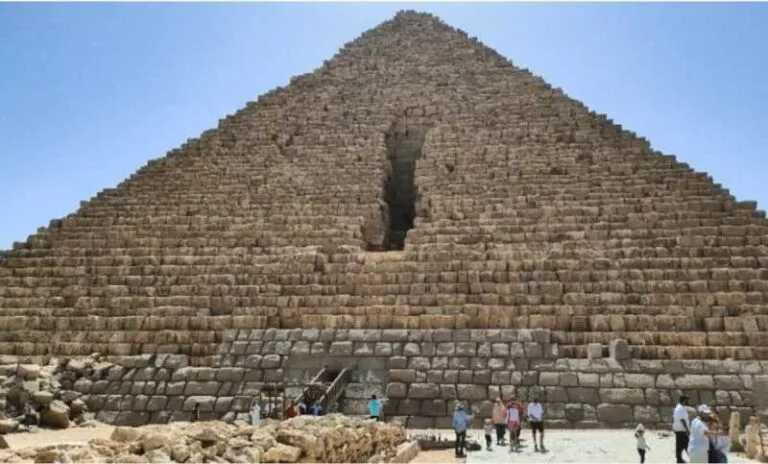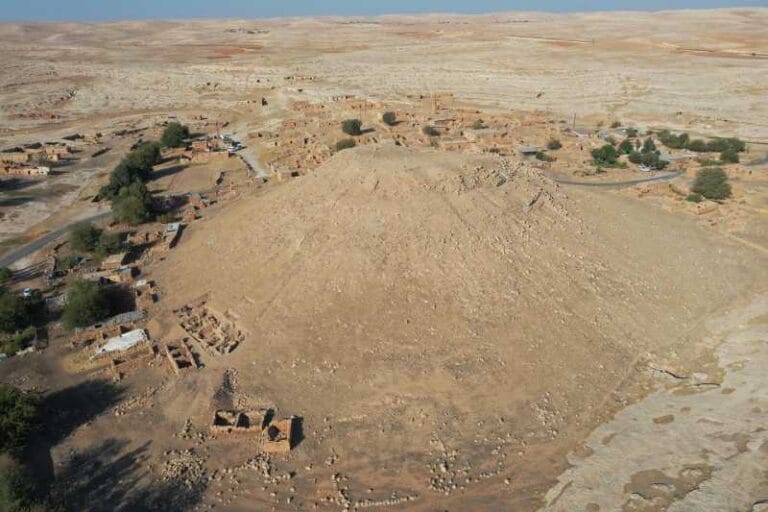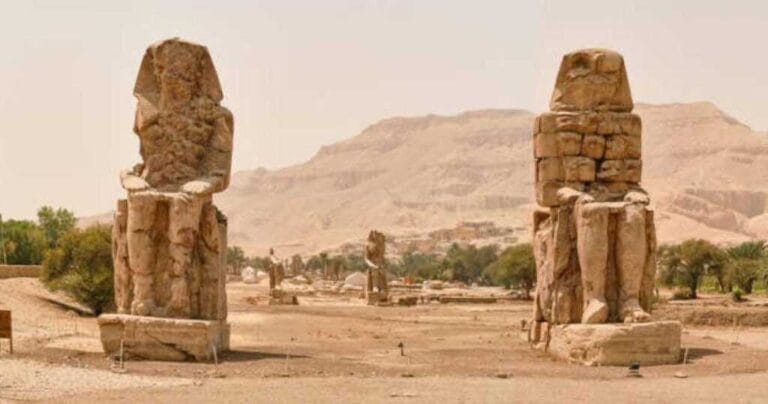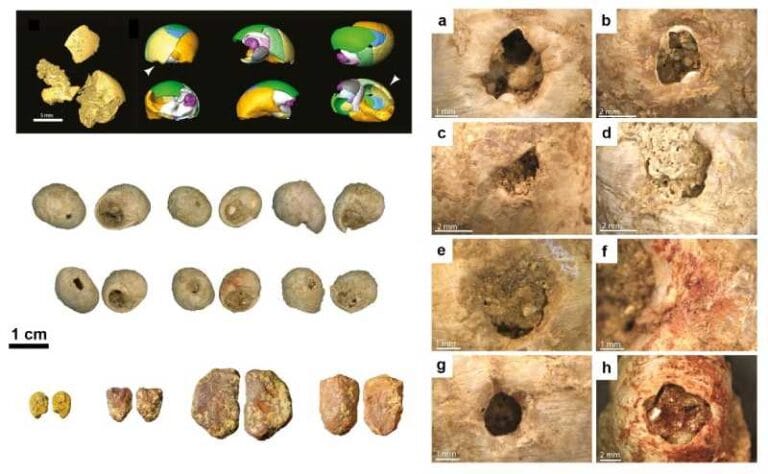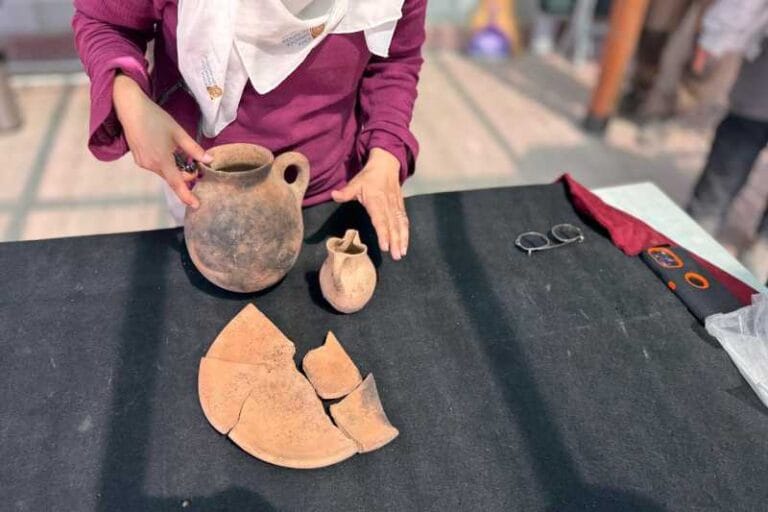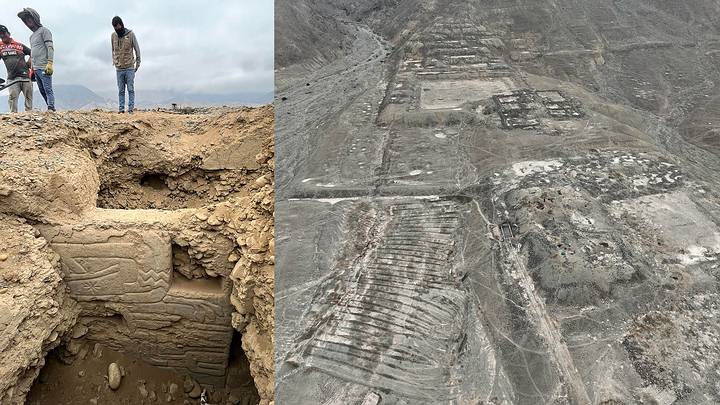3,500-year-old grain silo found in the lost city of Puruşhanda

At the Üçhöyük excavation, located in the Bolvadin district of Afyonkarahisar province and conducted with the aim of discovering the ancient city of “Puruşhanda,” a grain silo and two distinct seals were uncovered, one of which is adorned with the figure of a double-headed eagle.
These archaeological works, which were granted official excavation status by presidential decree, are under the coordination of the Afyonkarahisar Museum, with scientific consultancy provided by Professor Dr. Özdemir Koçak from the History Department of Selçuk University. Since 2020, the excavations have been carried out by a multidisciplinary scientific team.

The excavation, which continues with the support of the Afyonkarahisar Government, the Rectorate of Selçuk University, the Municipality, and the Bolvadin District Government, has so far resulted in the discovery of trade seals, textile artifacts, ceramic remains, and wall fragments.
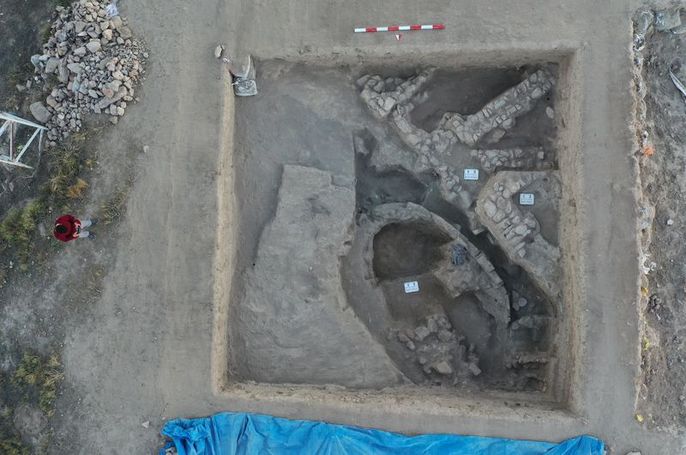
In this year’s excavations at Üçhöyük, with the participation of Japanese scientists, a grain silo was found, in which most of the pithoi (storage jars) were damaged, along with two distinct seals, one of which is adorned with the image of a double-headed eagle.

“FIRST TIME WE HAVE FOUND EVIDENCE RELATED TO AGRICULTURE AND PRODUCTION”
Prof. Dr. Koçak mentioned that they have made significant discoveries in the excavations they are conducting in the Üçhöyük area, which they call “Kuzeytepe.” He highlighted that they have reached an elliptical-shaped silo area and commented:
“Here, we found large jars. For the first time, we have found evidence related to agriculture and production. These discoveries reinforce our hypothesis that this area was a public space. In previous years, we also found traces related to production. We may discover other areas linked to production. This silo is a large cavity open in the ground, about 5 to 6 meters long and 3 to 4 meters wide. We expect that 5 to 6 pithoi were placed here. We cannot determine this precisely yet; we are working on it. We believe these jars were used to store materials related to grains. We hope to find more evidence about supplies. We will also date these discoveries.”
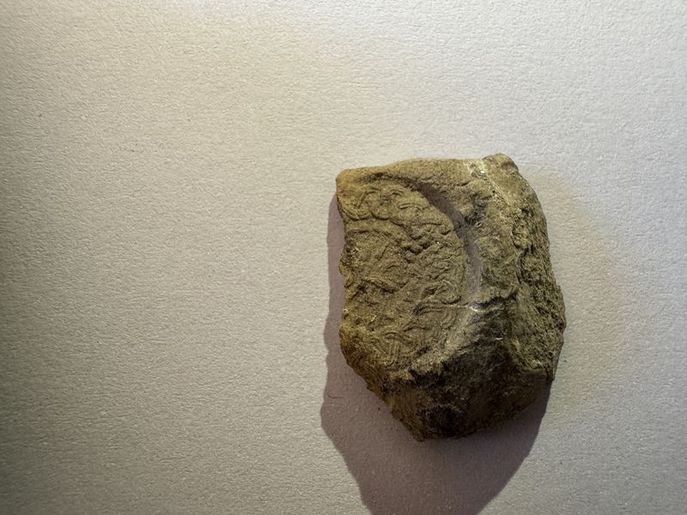
Koçak stated that the silos, seals, and seal impressions discovered at the excavation constitute evidence indicating that the Üçhöyük settlement functioned as an administrative center.
Koçak emphasized that the seals, as well as the ceramic pieces stamped with cylindrical and stamp seals, are special discoveries from the excavation. He commented: “These findings show the power, status, and position of the Üçhöyük settlement. They indicate that there was a large city in Anatolia between 1600 and 1700 BC. The seal impression we found was used around or on the sealing of the pithos. It is an interesting example, featuring the motif of a double-headed eagle. We also found impressions of cylindrical seals and other materials.”
Koçak mentioned that this year, the Japanese scientists who collaborated in the Üçhöyük excavation plan to return to Bolvadin in 2025, accompanied by their students, to conduct a long-term project in the region.
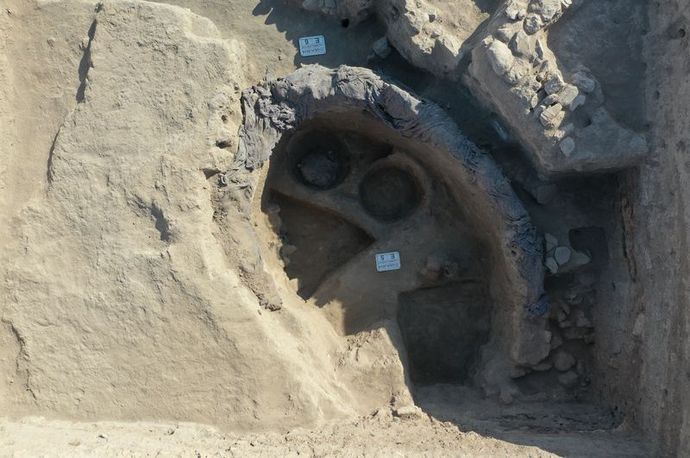
“FROM INSIDE THESE JARS, SANDY SOIL IS FOUND.”
The Director of Culture and Tourism of the Province, Yusuf Altın, stated that there are numerous archaeological sites and mounds in Afyonkarahisar that remain to be discovered.
Referring to the discoveries made this year at Üçhöyük, Altın said: “Inside these jars, we found sandy soil. Scientific work is being conducted on them. By observing the flow of history, if we find a written document or a tablet from the Üçhöyük excavation, scientific assessments will be made suggesting that this could be the region of the Kingdom of Puruşhanda. We believe that if we obtain this data, Afyonkarahisar will make a significant impact on the world.”

